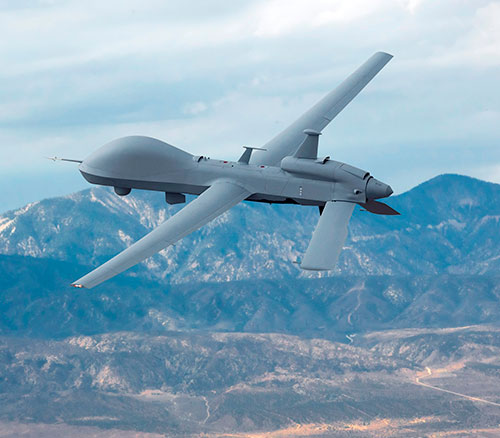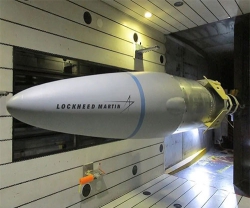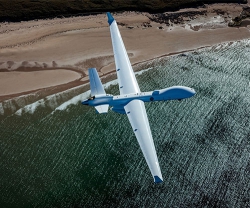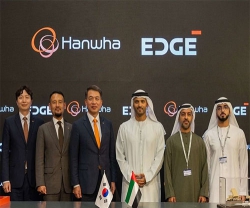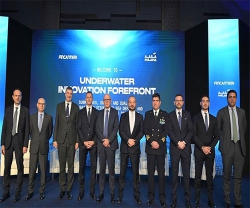A U.S. Army MQ-1C ER Gray Eagle Extended Range (GE-ER) Unmanned Aircraft System (UAS) manufactured by General Atomics Aeronautical Systems, Inc. (GA-ASI) performed a flight demonstration using a Dynetics GBU-69B Small Glide Munition (SGM) on August 21-22. The SGM is a lightweight munition with increased effective range.
“The GE-ER operates at an altitude that provides an advantage when using stand-off munitions. The reduced weight of the SGM allows the UAS to carry more munitions per aircraft,” said David R. Alexander, president, GA-ASI.
The demonstration was conducted at a military test range in California in collaboration with the U.S. Army and Dynetics using a GBU-69B SGM installed onto a GE-ER. When launched from the GE-ER at maximum altitude, the glide weapon can reach extended ranges, which means it can effectively engage threats in a multi-domain operations environment while staying out the engagement zones of threat weapons.
“The increased standoff range of the SGM enhances Gray Eagle ER’s survivability and mission effectiveness when operating in contested airspace,” added Alexander.
GE-ER is a long-range variant of the U.S. Army’s Gray Eagle UAS. It provides the U.S. Army with increased endurance, more payload capacity to support future mission tasking, and considerable improvements in system reliability and maintainability.
General Atomics Aeronautical Systems, Inc. (GA-ASI), an affiliate of General Atomics, is a leading designer and manufacturer of proven, reliable Remotely Piloted Aircraft (RPA) systems, radars, and electro-optic and related mission systems, including the Predator® RPA series and the Lynx® Multi-mode Radar.
With more than six million flight hours, GA-ASI provides long-endurance, mission-capable aircraft with integrated sensor and data link systems required to deliver persistent flight that enables situational awareness and rapid strike.
The company also produces a variety of ground control stations and sensor control/image analysis software, offers pilot training and support services, and develops meta-material antennas.

